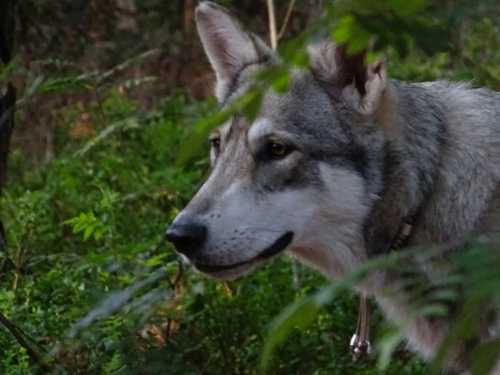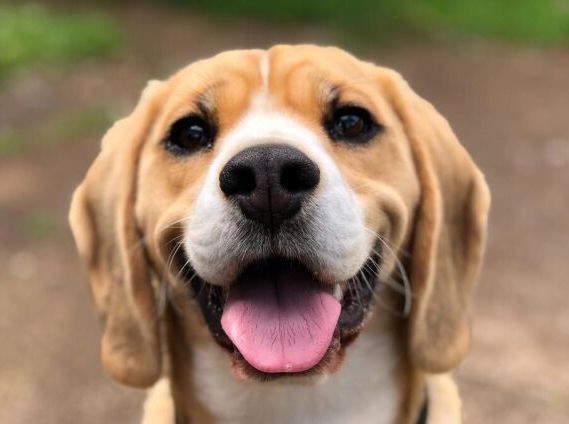
Today we will talk about wild wolves, not those raised in captivity. As for those raised in captivity, everything is clear: they live under human care from an early age, like dogs, and therefore they perceive dogs as their fellow tribesmen.
As a result of artificial (or, more precisely, planned) crossing of wolves and dogs, wolfdogs appear, in which breeders try to combine dog obedience and wolf strength.
With wild wolves, things are not so simple. Probably everyone has heard at least once a story about how wolves bit a dog. This happens regularly. There is hostility between a forest beast and a friend of man. Why then do hybrids of dogs and wild wolves arise?
Reasons for the formation of a wolf + dog pair
Wolf-dog pairs mostly occur where the ecosystem is disrupted, where wolves and other animals are massively shot, and forests are cut down.
When experienced wolves are shot, the young are left without leaders and begin to behave differently. They lack life experience and have no fear of humans, and without a leader it is very difficult to hunt. As a result, they become less cautious and more often approach villages in search of food (wolves in garbage dumps are no longer news).
If there is an experienced leader, completely different rules prevail in the pack.
Adult wolves are very cautious, try to avoid contact with humans, and teach this caution to growing wolf cubs.
Where there are few wolves, it is difficult for them to find a mate among their relatives, they suffer from social isolation, which is why their attitude towards dogs changes radically. Frequently visiting human dwellings, they gradually get used to dogs and do not show their previous aggression towards them.
Wolves and dogs are not that far apart in their evolutionary development. Despite their differences in lifestyle, they are genetically close enough that they easily interbreed and produce viable offspring, which in turn continue to reproduce.
Which wolves pair with dogs?
The initiator of a close relationship is usually a young, lone male wolf. He approaches a village or the outskirts of a city, smells a female dog ready to mate, and leads her away.
Male dogs usually cannot compete with wolves, as most of them are weaker, and the female instinctively chooses the strongest male or one who shows sufficient persistence.
Although sometimes large and aggressive dog breeds can also compete and even mate with female wolves, this happens less often.
Usually the dog walks with the wolf for 1-2 weeks and then returns to the owner. But it happens that the dog goes with the wolf forever.
In this aspect, wolves and dogs have some misunderstanding: while the dog is under the influence of hormones, it can forget about its owner, but then it leaves the wolf and returns to the human.
Most male domestic dogs do not take an active part in raising puppies, so the dog, guided by instincts, does not expect help from the male.
In wolves, on the contrary, the male takes an active part in raising the offspring, so he tries to keep his mate, and sometimes he succeeds.
What dogs do wolves most often pair with?
A small decorative dog will not interest a wolf. Among purebred dogs, wolves prefer huskies and German shepherds the most. Mongrels of more or less large sizes may also appeal to wolves.
Outwardly, some hybrids look more like wolves, others like dogs, but for the most part they are something in between.
Some hybrids gradually dissolve into the wolf population, some into the population of stray city dogs. There are also intermediate variants: some “non-wolf-non-dog” live neither in the forest nor in the city, but as if between wild nature and civilization, in the suburbs or near cities.





